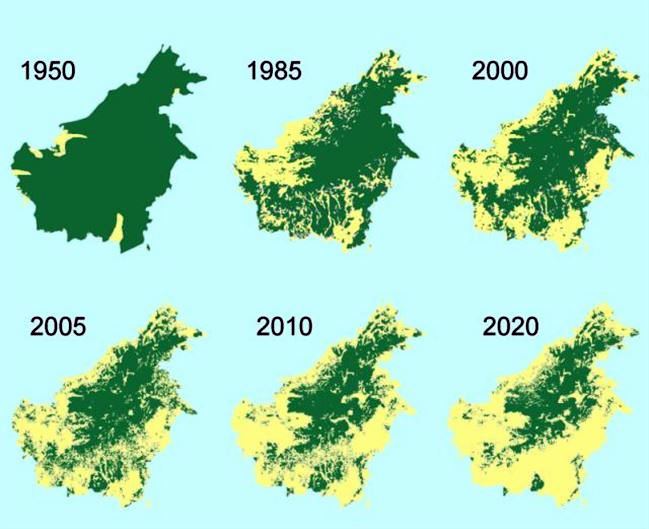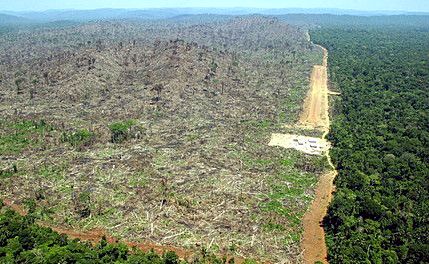Lumber prices: from gold standard to affordability?
Is reclaimed wood expensive?
How To Spot Fake Reclaimed Wood
What are eight features and benefits of wood flooring
Hardwood and Softwood, what is the difference?
Hardwood is not necessarily a harder material (more dense) and a softwood is not necessarily a softer material (less dense).
Different types of construction projects call for different kinds of timber, both hardwood and softwood are used for everything from structural to decorative.
Softwood and hardwood are distinguished botanically in terms of their reproduction, not by their end use or appearance. All trees reproduce by producing seeds, but the seed structure varies.
Softwood trees are known as a gymnosperm. They reproduce by forming cones which emit pollen to be spread by the wind to other trees. Pollinated trees form naked seeds which are dropped to the ground or borne on the wind so that new trees can grow elsewhere.
A hardwood is an angiosperm. Angiosperms usually form flowers to reproduce. Birds and insects attracted to the flowers carry the pollen to other trees and when fertilized the trees form fruits or nuts and seeds.
The hardwood/softwood terminology does make some sense. Evergreens do tend to be less dense than deciduous trees, and therefore easier to cut, while most hardwoods tend to be more dense, and therefore sturdier. In practical terms, this denseness also means that the wood will split if you pound a nail into it. Thus you need to drill screw or bolt holes to fasten hardwood together. But structural lumber is soft and light, accepts nails easily without splitting and thus is great for general construction.
To sum up
Hardwood tend to be darker, heavier, more expensive, last several decades, naturally resistant to weather.
Softwood tend to be lighter in color, lighter weight, cheaper, last for a decade or so and can be weather resistant but needs to be treated.
Reclaiming or not reclaiming
Indonesia is a treasure chest of biodiversity; it is home to between 10 and 15 per cent of all known species of plants, mammals and birds. Orang-utans, elephants, tigers, rhinoceroses, more than 1,500 species of birds and thousands of plant species are all a part of the country's natural legacy.
The mass destruction of Indonesia's rainforests and carbon-rich peat lands threatens this and is the main reason why Indonesia is one of the world's largest emitters of climate changing greenhouse gases.
The lives of millions of Indonesians who depend on the forests for food, shelter and livelihoods are also changing beyond recognition as the forest disappears.
This destruction also threatens our wider world; peatlands are perhaps the world's most critical carbon stores, and Indonesia's peatlands are vast, storing about 35 billion tones of carbon. When these peatlands are drained, burned and replaced by plantations, carbon dioxide is released and the conditions are set for devastating forest fires, which were responsible, for instance, for Singapore's "haze wave" in 2013.
In Kaltimber we aim to provide 100% reclaimed wood by knowing the origin of all our stock.
New owner
As per December 1st 2016 Kaltimber goes back in business!
On January 1st 2017, Kaltimber will resume its activities on decking, flooring, paneling, counter-top and other B2B oriented objects (in-house design or custom design).
Our production team; still is the same so you will continue to find this unique quality Kaltimber has to offer.
Our sourcing team; still is the same so you will continue to find quality reclaimed hardwood from ethical and legal sources.
Our sales team; still is the same so you will continue to find precise and professional information, quick reply and this forever smile.
We are looking forward to meet all of you to discuss and assist you on your projects, no matter how big or small they are.
We know exactly where each piece of wood comes from
Finish your wood with flair and care part 1.
Finishing wood in an appropriate way is exceedingly important if you want to get the best out of your wood. In this two-part series, we survey different types of wood finishes and look at what is right for you.
Before and after... teak chair finished with Woca oil
I have touched on this topic before, but really it deserves a book’s worth of attention. Little information is available to Indonesian consumers about wood finishes, and what is out there is by no means comprehensive, clear, or particularly accessible. For those of you with experience in this area, you may have noticed there are limited choices available on the local market. Your average local builder will tend to offer the standard polyurethane-based finished that they know, interchangeably called “plitur” or “Mowilex” (a brand-name). Sometimes a varnish traditionally made from resins called “sirlac” (Shellac) but nowadays made from pulmerised petro-based oils is used for finishing teak. Another product we can pick up in large Indonesian supermarkets is ‘fake’ teak oil, made from to petroleum distillates such as kerosene. The good stuff is usually made with a linseed oil base.
The sheer number of timber finishes available on today’s market can sometimes be a tad overwhelming! In Indonesia we are a way behind some of the European, Australian and American advances in timber finishes, however in recent years more options have become available. I will look at these products in the upcoming issues, but first, let’s look at some basics.
There are four different ways to treat or finish wood: oil, wax, varnish or pigment (paint or stain). The first three don’t add any colour to the wood, whereas pigment does. Let’s look at some pros and cons of the various types.
1. OIL
Permeates timber cells and simultaneously seals and protects. Oils are not affected by moisture content fluctuation of wood (they are elastic). Many wood oils are plant-based and hence environmentally sounder. Types include: Unblended Wood Oils (tung, linseed, soy, candlenut, castor), Polymerised Wood Oils (specially processed oils that have been heated to help them dry faster which create a harder surface film and a more durable glossy luster) and Pigment Oil-Based Stains (contain oil which enables the stain to penetrate the wood)
2. Wax
Fills all of the cavities in the wood to achieve an even finish that is polished. Wax doesn not achieve a film on the surface, as oils do. It creates a flat surface which allows you to polish the wood. Many oil finishes benefit from a light liquid wax coating , especially floors.
3. Varnish
Creates a transparent film coating over the entire wood surface. There are penetrating varnishes and non-penetrating varnishes. There are approximately 60-70 different types of varnish out there. In Indonesia there are probably around 10 different kinds, but many different brand names. Types include: Polyurethane Coatings (generally petro chemical-based which are thinned with petroleum distillates to enable easy application. They create a glossy finish and are easy to apply, however have potential health risks as, depending on the brand, they contain a high level of solvents/ chemicals. They can crack and darken over time, and provide a surface coating only, similar to a plastic film). Resin based varnishes made from tree sap.
4. Pigment
There are two kinds of pigment: paint, which puts a non-transparent film over the wood surface, and stain, which colours the wood but leaves the grain exposed. Pigmented Paint will protect wood indefinitely; however it will cover the wood so characteristics are not displayed. Also, some paints in Indonesia contain lead. Environmentally speaking, paints are one of the worst pollutants in the world. The best solution is using timbers appropriately, i.e exterior grade timbers outside, and softer interior grade timbers inside and accept that timbers grey with age as do we.
The type of coating that you use should be determined by timber type, use, desired gloss level or appearance, and your own personal preferences. Of these, there are more ‘natural’ choices and more ‘sythetic’ solutions. Decide on final look first, and then move on to available options.
Stay tuned for the next issue, where I will review wood finishing products available on the Indonesian market. Till next time!





